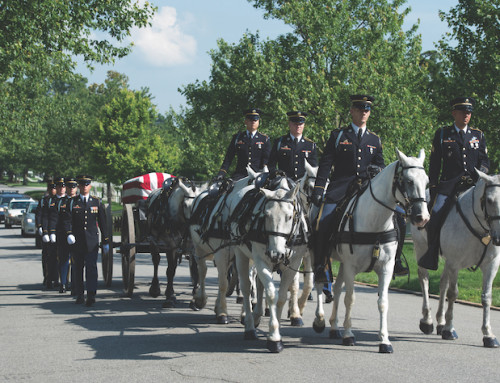A Fifth District Court of Appeals panel reversed a trial court ruling in which the judge failed to conduct a proper review of evidence, instead relying on dashcam video captured by an Ohio State Highway Patrol trooper.
The three-judge panel accepted the state’s argument that the trial court was mistaken to base its ruling solely on the video without considering the credibility of the trooper’s testimony.
“Although the trial court stated its policy in declining to consider the credibility of police officers was adopted to avoid arbitrary results, the trial court’s sole reliance on dashcam video evidence also potentially produces arbitrary results, because the court fails to consider variations in the quality of dashcam video evidence in each individual case,” Fifth District Presiding Judge William Hoffman wrote for the panel.
Trooper Anthony Pagan was on patrol on Granville Road in Newark on July 21, 2024, when he stopped a vehicle driven by Wyatt Thompson for traveling over the marked center line of the road, case background provided.
Thompson told Pagan that he had been texting a friend before admitting he had consumed two alcoholic drinks and had started drinking a third.
The trooper said he noticed that Thompson’s eyes were bloodshot and glassy, he spoke with slurred speech and the vehicle in which he was traveling smelled like alcohol, summary detailed.
Pagan asked Thompson to step out of the vehicle, which is when he smelled alcohol on the man’s breath.
After being administered field sobriety tests, Thompson was arrested and taken to the Hebron Police Department, where he supplied a breath sample for chemical testing.
He was charged with operating a motor vehicle while intoxicated, operating a motor vehicle with a prohibited breath-alcohol content, driving outside marked lanes and distracted driving, summary continued.
Thompson filed a motion to suppress evidence, arguing that the trooper did not have a reasonable suspicion of criminal activity to justify stopping his vehicle.
The case proceeded to a suppression hearing in Licking County Municipal Court.
Pagan testified at the hearing that he observed Thompson’s vehicle cross the center line.
A video taken from the cruiser’s dashboard camera also was admitted into evidence. Pagan advised the court that the marked-lanes violation was not clear on the video, however.
In response to the judge inquiring why the video didn’t capture the traffic offense, the trooper explained the camera’s perspective differed from his line of sight.
The trial court granted the motion to suppress, having determined the officer lacked a reasonable, articulable suspicion of a marked lanes violation to justify the stop of Thompson’s vehicle.
The court based its decision on its general policy in reviewing suppression motions: If the violation does not appear on the dashcam video, the court will find the violation did not occur, summary detailed.
The state appealed.
“We understand the difficulty presented in cases in which the officer’s testimony is not corroborated by the video,” Hoffman wrote. “However, resolving conflicts in the evidence and evaluating the credibility of witnesses is the duty of the trial court as the fact finder in a suppression hearing. We find the trial court erred by expressly declining to evaluate the evidence in the instant case, instead relying solely on a bright-line rule it has adopted for all cases.”
Hoffman noted that the trial court’s policy also prevented the appellate panel from conducting an appropriate review of whether the lower court’s findings were supported by competent, credible evidence.
“On remand, the trial court may accept or reject the trooper’s testimony he observed the violation, and may accept or reject the trooper’s explanation of why the offense is not clear on the video. The trial court may find the violation did not occur based on the dashcam video, or may find the trooper had a reasonable, articulable suspicion appellee committed a marked lanes violation despite the fact the violation is not clear on the video,” Hoffman concluded.









